Festival del Sansam de Hamyang (함양산삼축제)
.0M 2025-04-08
Pilbongsan-gil 49, Hamyang-eup, Hamyang-gun, Gyeongsangnam-do.
055-964-3353
Hamyang es una zona productora famosa de hierbas medicinales y sansam (ginseng silvestre) por su ambiente limpio y fresco. Es un lugar muy visitado por muchos coreanos y extranjeros que quieren comprar hierbas naturales de calidad. Este festival se organiza con la finalidad de promocionar aún más los productos de esta región. Se presentan diversos espectáculos y actividades que entretienen a los visitantes, como fuegos artificiales, funciones de B-boy, concurso de canto, elaboración de licor de sansam, actividades para plantar sansam, etc.
Parque Sangnim (상림공원)
.0M 2021-11-29
Pilbongsan-gil 49, Hamyang-eup, Hamyang-gun, Gyeongsangnam-do
+82-55-960-5756
Situado en el distrito de Hamyang-gun, en la provincia de Gyeongsangnam-do, el parque Sangnim originalmente se encontraba en un bosque llamado Hoanrim, fundado hace 1.200 años con el fin de proteger las orillas del río. Este parque es tan reputado en la región que hasta existe un proverbio que dice: "Aunque olvide su ciudad natal, nunca podrá olvidarse de Sangnim".
Paso de Jianjae en Hamyang (함양 지안재)
5.9Km 2024-10-10
San 119-3, Guryong-ri, Hamyang-eup, Hamyang-gun, Gyeongsangnam-do
Aldea Donguibogam en Sancheong (산청 동의보감촌)
13.1Km 2023-11-15
Donguibogam-ro 555-beongil 61, Sancheong-gun, Gyeongsangnam-do
Templo Silsangsa en Namwon (실상사(남원))
14.2Km 2024-04-07
Ipseok-gil 94-129, Namwon-si, Jeonbuk-do.
Es un templo budista construido en el tercer año del rey Heungdeokwang del reino de Silla, esto es, en 828, por el monje Jeunggak Daesa. En el año 1700, el rey Sukjong restauró el templo, que había quedado completamente arruinado durante la Guerra de Jeongyujaeran, pero a los 19 años del reinado del emperador Gojong (1882), el lugar sufrió un gran incendio. Actualmente, es el templo budista con más tesoros regionales (17) y los tótems de piedra que se ven tras pasar el puente Haetalgyo.
Pico Baraebong (바래봉)
17.0Km 2024-04-07
Baraebong-gil 196, Unbong-eup, Namwon-si, Jeonbuk-do
+82-63-630-8900
El pico Baraebong recibió ese nombre ya que el pico parece un barrittae (un bol de madera para el arroz utilizado por los monjes de los templos) al revés. Las montañas y colinas están de alguna manera redondeadas por las flores azaleas. El sendero comienza en la aldea de Yongsan, y continúa por un camino de 1,5 km hasta Unbong-eup. Bajo el pico Baraebong, se pueden ver las azaleas florecidas a partir de abril (y continúan hasta mayo). La mejor rurta para disfrutar de las flores es en el área Pallangchi, a 1,5 km del pico. Desde el pico Baraebong, se puede ver todo el área del monte Jirisan. Al descenderlo, se pasa por Palangchi, la colonia de las azaleas reales, Sandeok-ri, Unbong-eup y otras zonas.
Valle Chilseon (Jirisan) (칠선계곡(지리산))
17.9Km 2022-08-05
Chuseong-ri, Macheon-myeon, Hamyang-gun, Gyeongsangnam-do.
El valle Chilseon de Hamyang es el más largo del monte Jirisan. Es uno de los tres principales valles, junto con el valle Cheonbuldong del monte Seoraksan y el valle Tamna del monte Hallasan. Los 16 kilómetros de valle que van de Uitang de Macheon-myeon hasta la cima Cheonwangbong se caracterizan por una difícil topografía pero un bellísimo paisaje y es aún una de los pocos bosques vírgenes que quedan en la montaña. También está salpicado de siete cascadas y 33 estanques. Cuanto más se camina hacia el interior del valle, más difícil se hace para caminar. Debido a que el valle ha cobrado muchas vidas, algunas personas lo llaman "el valle muerto".
Por esta razón puede caminar por el valle solo después de obtener un permiso y primero debe tomar un camino de 9.4 kilómetros desde la aldea Chuseong de Macheon-myeon hacia la cima Cheonwangbong, que se encuentra lejos del valle. Si empieza en Chuseong pasará por el estanque Yongso, Jujiteo, la roca Chuseongmang, el estanque Seonnyeotang, el estanque Ongyeotang, Biseondam, las cascadas Chilseon, Daeryuk, Samcheung y Ma, hasta llegar a la cima Cheonwangbong.
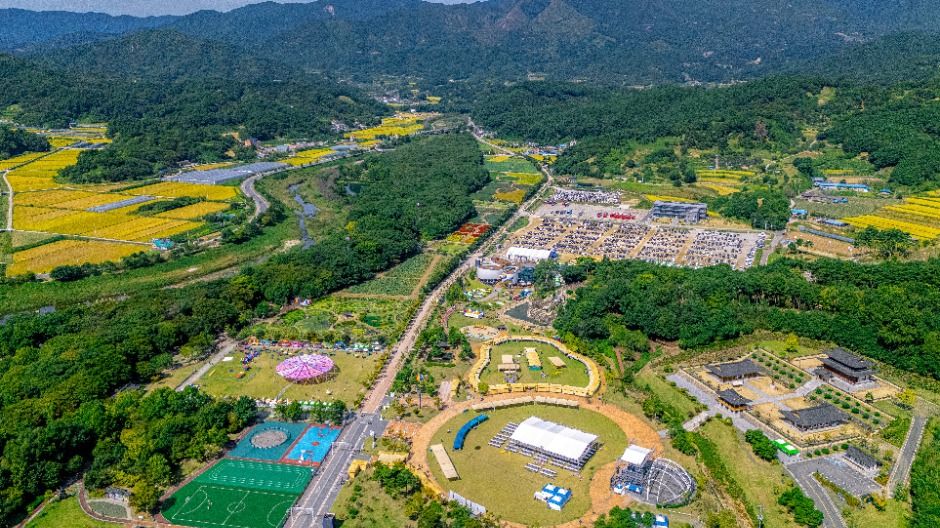

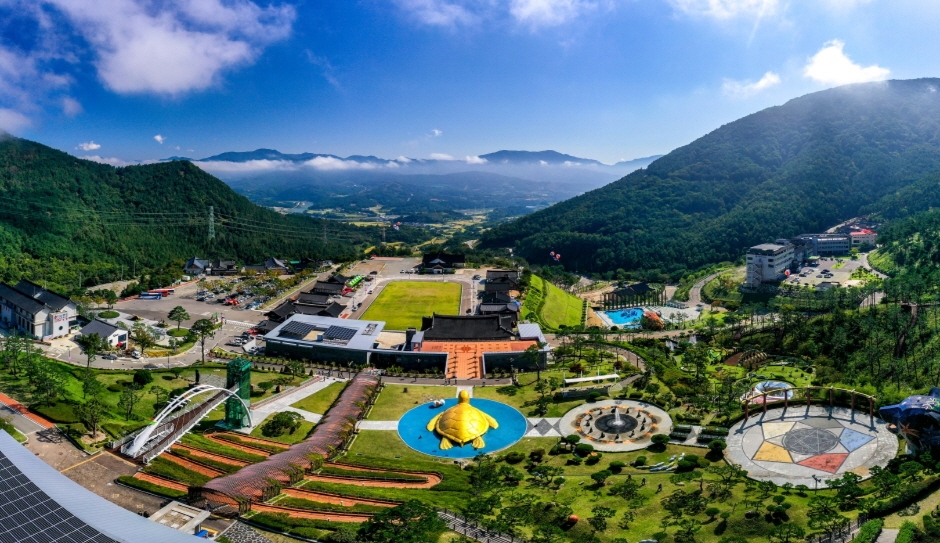
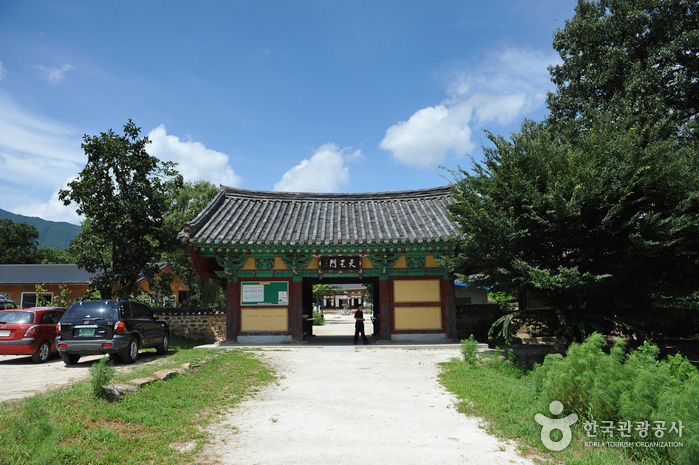
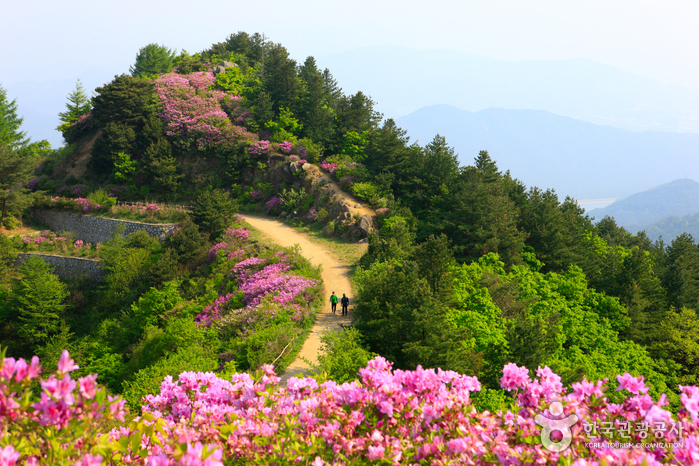
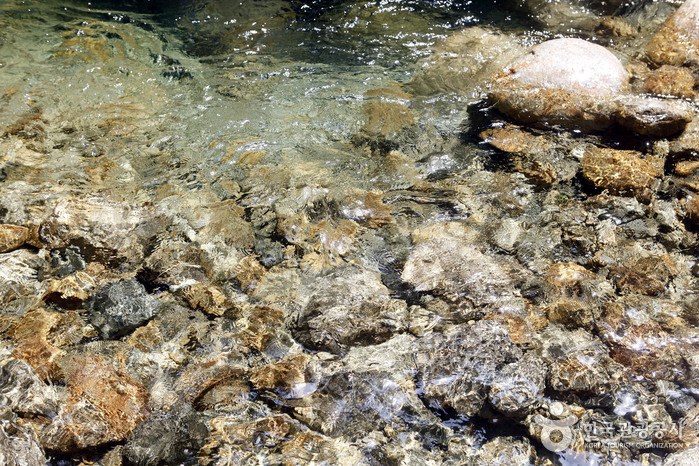
 Español
Español
 한국어
한국어 English
English 日本語
日本語 中文(简体)
中文(简体) Deutsch
Deutsch Français
Français Русский
Русский